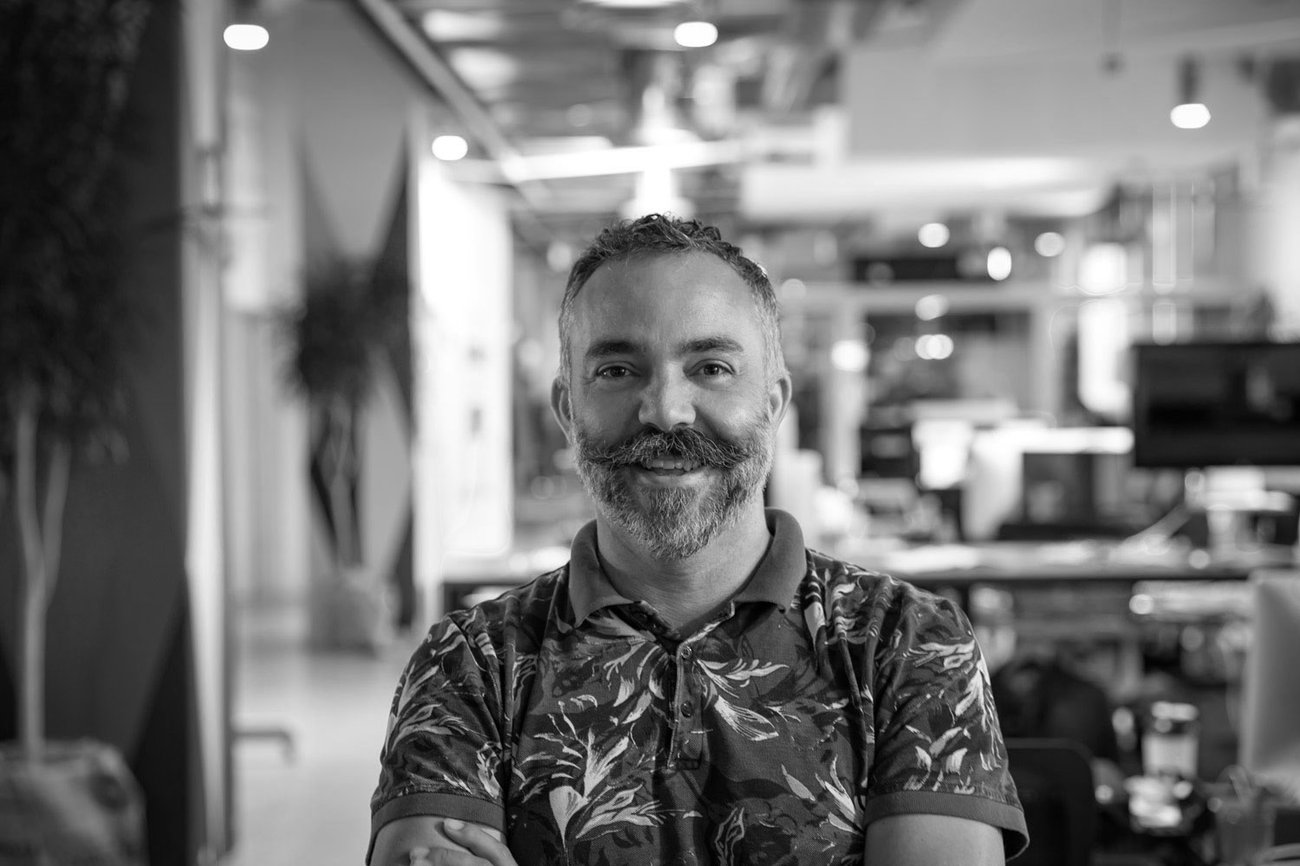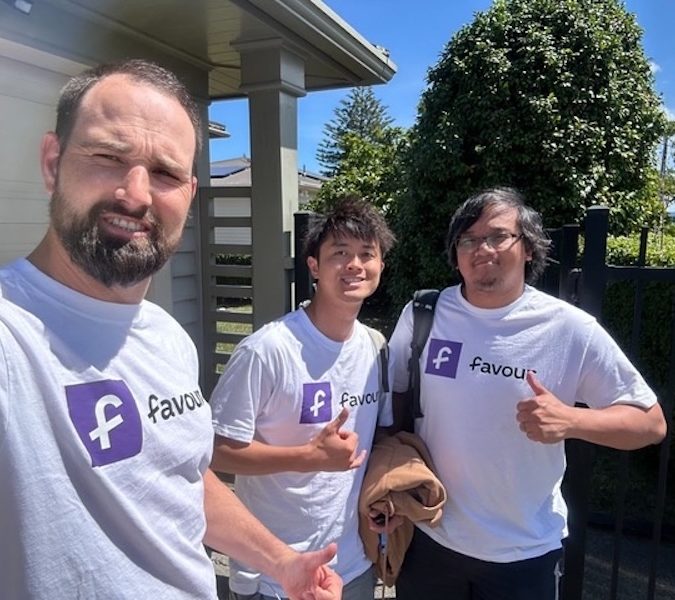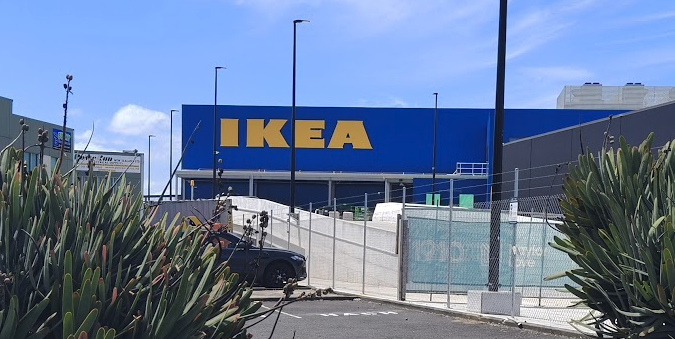
It’s easy to imagine what the world might look like in ten or even fifty years time, but what will New Zealand’s biggest sectors look like in 500 years’ time? Thanks to our friends at Tech Futures Lab, we went out to some of New Zealand’s most inspiring business leaders and asked them to imagine a far, far away future. Here is what Vend and Institute of Awesome founder Vaughan Fergusson imagines the future of tech – and New Zealand – will look like.
I’ve seen the future. No – not in a dream, I’ve been there. I won’t bore you with the intricate details on how travelled 500 years into the future. Let’s just say it’s complicated. Time paradoxes and all that stuff.
I’ve been to 2520 a few times now. What’s it like? Well, that’s complicated too. You see, it depends. The first time I visited it was scorched dust. There wasn’t a future, not with humankind in it anyway.
Once I had recovered from the initial shock of what I saw, I went to politicians hoping they might fix it. Hopeful I made my next 500-year-round trip expecting a slightly less apocalyptic version but everything was still toast. Clearly, they weren’t going to do anything.
Next trip I held my iPhone, taking shots as long as I could stand the dust storms, capturing the desolation as video and images. I showed them to scientists thinking they’d be compelled to do something. But things didn’t change. Not the next trip, or the next, or the next. All future versions were dust.
I was about to set fire to my time machine and become a hermit awaiting the end of days but then something changed. I made one last trip and there was a different version. I stepped out to a blue sky and green forest full of birdsong. No apocalypse to be seen.
My house was still there, much the same albeit looking more clean and shiny than I remembered. It opened to me and seemed to make light and warmth exactly where I needed it and it had an abundant supply of fresh food. I felt incredible inside. It was more womb than house.
I rested up a few days before I dared venture out further, afraid in this version we might be ruled by robots, or cats. Instead I found people. Slender, brown and eight feet tall people.
“Tēnā koe e hoa,” They hooted at me with a wave.
They moved about with elongated limbs and swift graceful strides that made them appear to be in no particular hurry but at the same time moving at great speed. I couldn’t tell if their giant limbs were organic or some sort of prosthetic. There was nothing in particular to rush to. No one seemed to have office jobs here although this was not too unusual for Raglan.
I climbed the hill behind my house and as far as I could see was the familiar view of hills and bush. As I squinted, off in the distance I could see things. Movement and details that weren’t there before. There was activity everywhere, long limbed people all over the place. I could see a few houses and other structures similar to our time but everything else you might call a ‘building’ seemed to be buried in the land or at least indiscernible from hills and trees. It was like a giant Hobbit village. Perhaps Matamata had expanded, big time.
Silently above the land hovered things. Not rockets, nor planes or cars. Shapes not going from A to B but up through Matariki disappearing as dots in space. I presumed this is where everyone else had spread to, the next great navigators exploring the stars.
“Ko nga tahu a o tapuwae inanahi, Hei tauira ora mo Apopo,” said a wahine towering beside me. Her long, silent steps enabled her to take me by surprise. She smiled down to me then continuing her rapid journey down the valley.
Everything felt like magic, like a weird dream. There was so much I could have learnt about this future. Like how my home felt alive and how did people move so fast and what was in the stars and why there were no cities to be seen. But I knew it was time to go home. I had seen enough.
Perhaps my campaigning worked or perhaps it was just the one decision I had made before making this particular trip. When I decided not to wait for someone else to fix things.
“The footsteps laid down by our ancestors create the paving stones upon which we stand today”. That’s what the beautiful wahine said. I Google translated it when I got back. Clever lady.
I didn’t need to wait for politicians or scientists or anyone else. All I needed was to make up my mind that I gave a shit and that was the beginning of a future worth striving for.
Innovation will happen, 500 years is a long time to accelerate new ideas. They will be magical and indescribable but they won’t happen unless we sort our shit out.
I could have found out exactly what we all did, to avoid the apocalypse but I didn’t want to know exactly what, in case knowing that somehow messed it up. Time paradoxes and all that stuff. I haven’t gone back again either, in case it wasn’t there anymore, but I knew what it could be and that whatever we do to fix things, it’d be worth it. We just needed to do something.
About the writer
Vaughan Fergusson founded Vend in 2009 and more recently, co-founded a series of initiatives with his partner Zoe to invent a better future New Zealand for us all. They run the award winning OMGTech! education programmes and the Voluntarily.nz volunteering platform. Their latest initiative is The Institute of Awesome, an innovation centre and enviro-tech school camp in Raglan. Vaughan may or may not be working on a time machine.
About Tech Futures Lab
Are you looking to be more intentional about your life, career and impact on the world in the context of massive technological, organisational, social and environmental change? The Postgraduate Certificate in Human Potential for the Digital Economy, new from Tech Futures Lab, is designed to help you do exactly that. Registrations now open for our February 2020 intake. Find out more at its website or call +64 (9) 522 2858.





